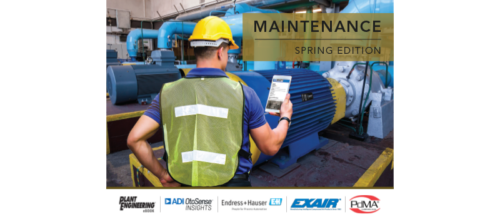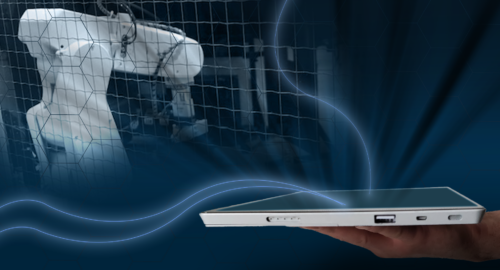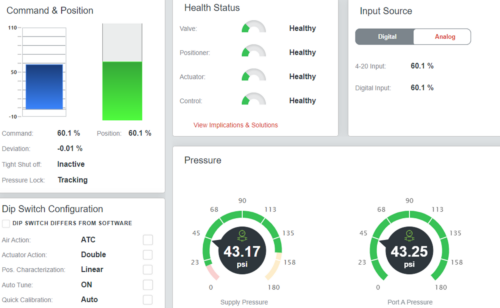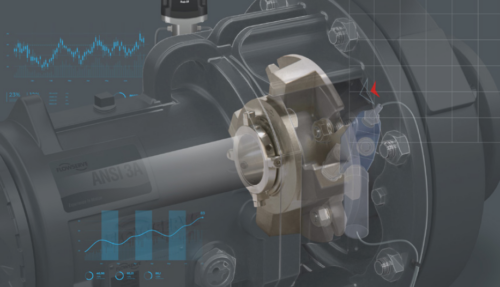Four reasons to use tubing rather than piping to convey material
Tubing can provide a user several advantages over piping to convey material such as being better suited to handle tougher regulations and providing the user lower overall long-term costs.
Depending on the application, it may be worth considering whether to use tubing rather than piping to convey material. Tube bending improves fluid-flow characteristics by creating compact systems with smooth directional changes. The 45 or 90-deg. elbows used in piping systems frequently increase turbulence. Tubing systems produce better flow characteristics because of their smooth internal surface and reduce flow loss and drag. Tubing systems also support high pressures and typically have a higher strength to weight ratio than piping.
The demands placed on today’s fluid systems are much tougher than they were years ago. Leaks once considered a nuisance are now categorized as fugitive emissions or hazardous spills, which can cause a plant to shut down. Modern processes are pushing higher pressures, flow, and temperature requirements every day, and the basic concepts of connecting pipe have not changed much over the years. Tubing can give users four specific advantages:
1. Tubing provides a solution to tougher regulations and increasing stresses on fluid systems. Both tubing and piping carry fluids in industrial applications, but tubing is easier to install and maintain, costs less, and performs better than piping.
2. Tube fittings are designed not to leak, even under severe application because they have either a mechanical metal-to-metal seal or seal with an elastomer to a mating component. Whereas a threaded pipe connection requires heavy equipment to cut threads and use pipe dope or TFE tape to minimize leakage. Tubing offers greater flexibility in systems with fewer connections, meaning fewer potential leak points.
3. Tubing can usually be installed faster and cheaper than piping. Tubing is cut to length and then deburred and the fittings are tightened onto a nut. Studies have shown the installation of a 1-in. tubing system takes about 12 minutes per connection. Compare that to a 1-in. schedule 40 pipe, which requires about an hour to cut, prep, and align. This often lasts an average of 48 minutes. The cost of skilled pipefitters required to install piping systems makes tubing a financially wise choice.
4. Tubing systems also reduce overall installed costs. In most cases, tubing is less expensive. Even though tube fittings have a higher cost than pipe components systems save money in the long run due to reduced downtime and simpler assembly and disassembly.
With the improved fluid-flow characteristics, improved sealing ability, ease of installation and maintenance, and reduce overall installation costs, tubing may be a better option overall.
Joe Maniello, territory manager, Cross Co. This article originally appeared on Cross Co. Hose & Fittings blog. Cross Co. is a CFE Media content partner.
Original content can be found at www.crossco.com.
Do you have experience and expertise with the topics mentioned in this content? You should consider contributing to our CFE Media editorial team and getting the recognition you and your company deserve. Click here to start this process.





